Optimal Timing for Water Heater Service
Scheduling water heater service at optimal times can enhance performance and prolong the lifespan of the unit. Regular maintenance ensures efficient operation, reduces energy costs, and prevents unexpected breakdowns. Understanding the ideal timing for service is essential for maintaining a reliable hot water supply.
Spring and fall are ideal for water heater service, as they coincide with seasonal checkups for other home systems, making maintenance more comprehensive.
Scheduling service before periods of high demand, such as winter, ensures the heater operates efficiently during the coldest months.
Any signs of inconsistent hot water or strange noises should prompt immediate service to prevent further damage.
Every 1-2 years, regardless of issues, is recommended for thorough inspections and maintenance.
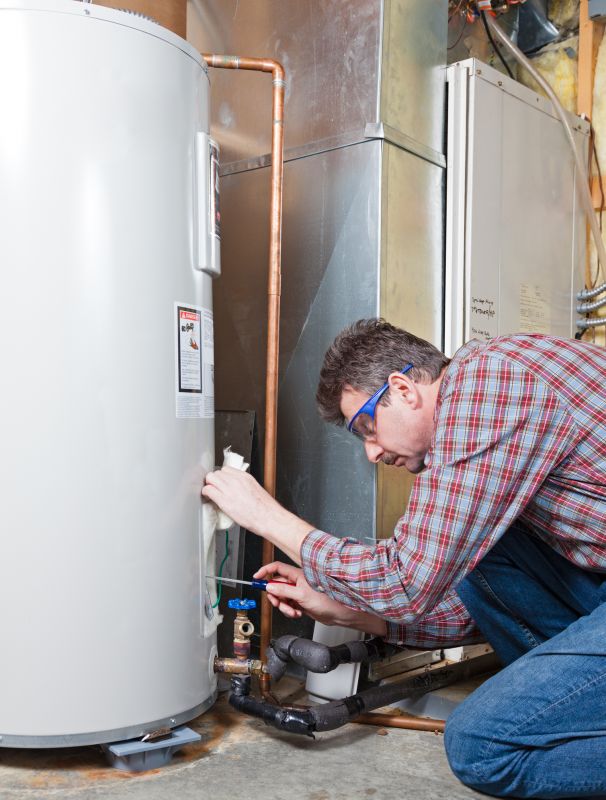
Regular inspections help identify potential problems early.

Removing sediment improves efficiency and prevents corrosion.

Replacing the anode rod prevents tank rusting and extends lifespan.

Proper temperature settings optimize safety and efficiency.
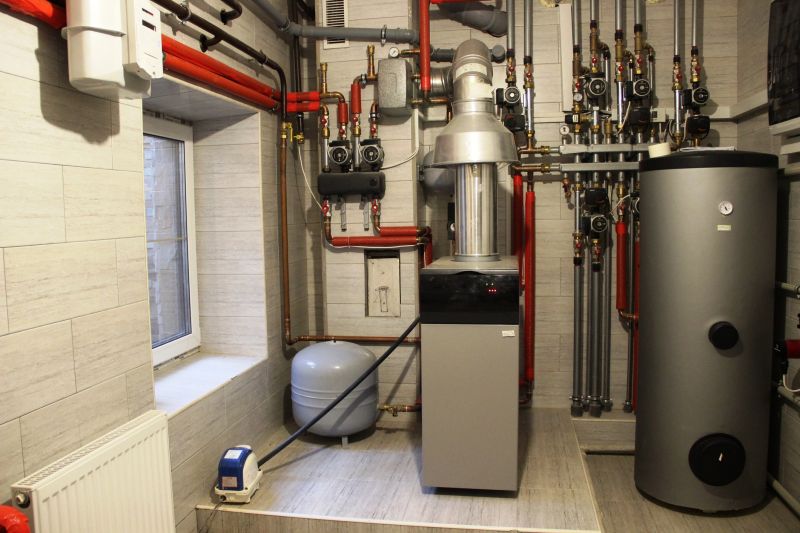
Ways to make Water Heater Service work in tight or awkward layouts.
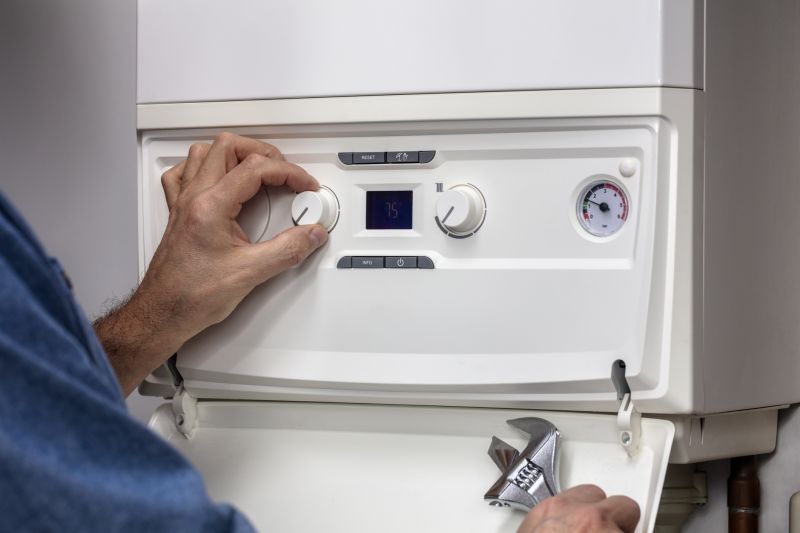
Popular materials for Water Heater Service and why they hold up over time.
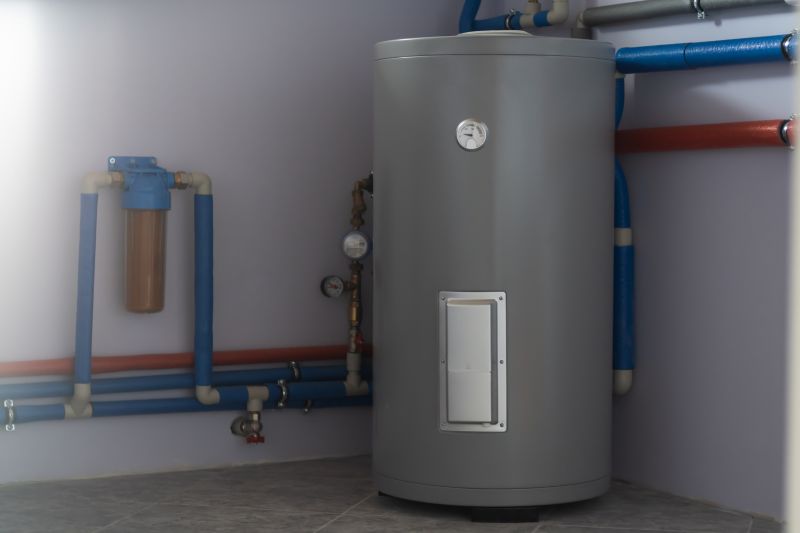
Simple add-ons that improve Water Heater Service without blowing the budget.

High-end options that actually feel worth it for Water Heater Service.
Water heater service involves a comprehensive approach to maintaining the unit’s efficiency and longevity. Regular maintenance includes flushing out sediment buildup, inspecting and replacing anode rods, checking thermostats, and ensuring all components function properly. Properly maintained water heaters operate more efficiently, reducing energy costs and preventing costly repairs. Statistics indicate that routine service can extend the lifespan of a water heater by several years and improve energy efficiency by up to 30 percent.

Prevents buildup that hampers performance.
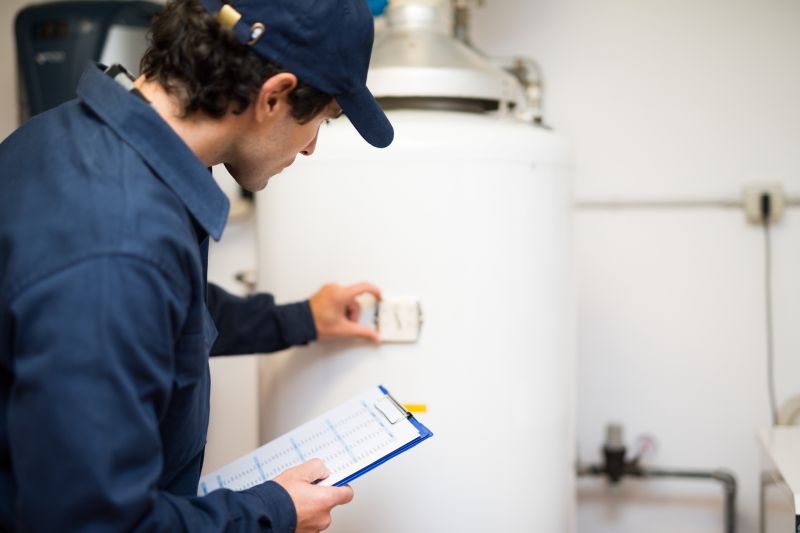
Ensures safe and efficient temperature control.
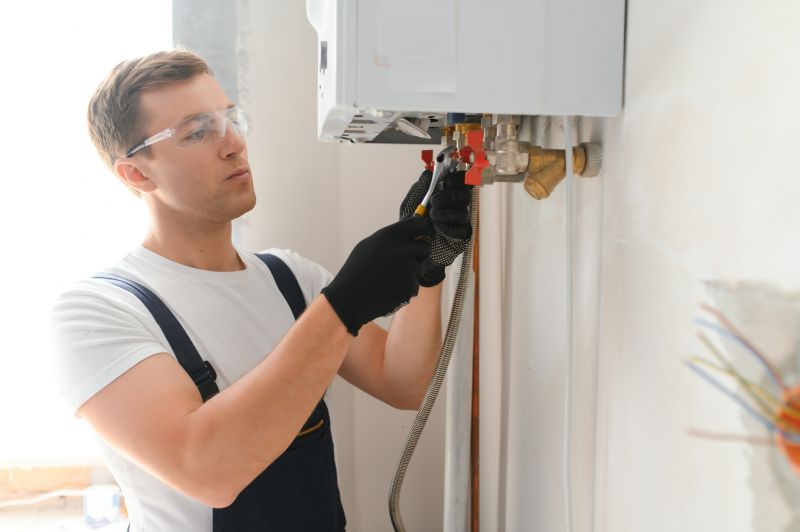
Prevents leaks and maintains pressure.
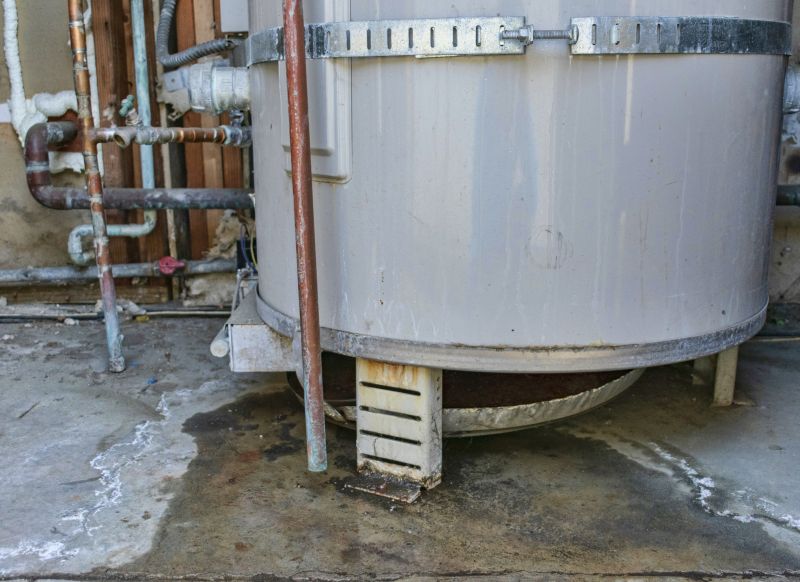
Detects corrosion or damage early.
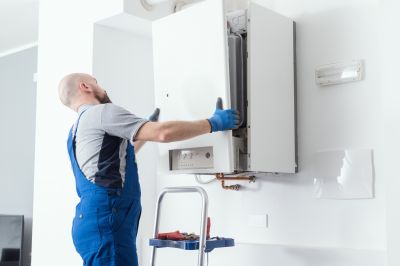
Finishes and colors that play nicely with Water Heater Service.
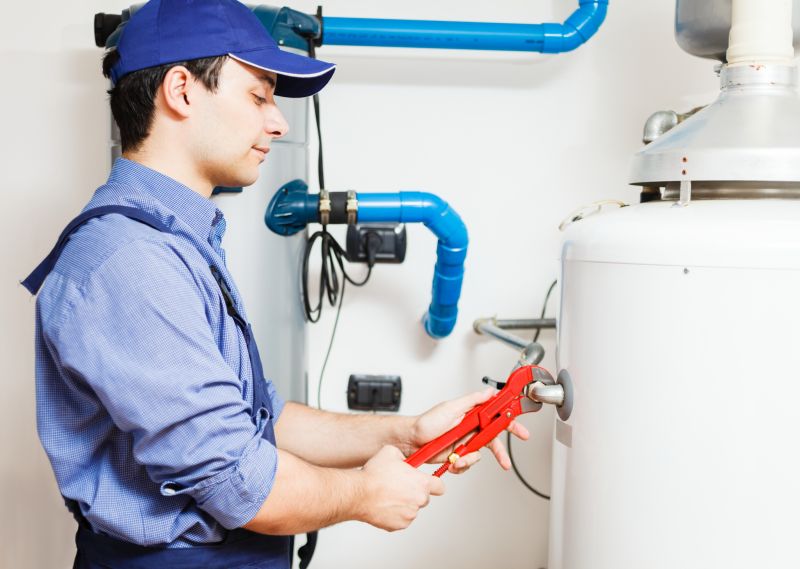
Little measurements that prevent headaches on Water Heater Service day.

A 60-second routine that keeps Water Heater Service looking new.

A frequent mistake in Water Heater Service and how to dodge it.
| Service Task | Frequency |
|---|---|
| Sediment flushing | Annually |
| Anode rod replacement | Every 3-5 years |
| Thermostat calibration | Every 1-2 years |
| Valve inspection | Annually |
| Tank inspection | Annually |
| Temperature setting check | Annually |
| Full system inspection | Every 1-2 years |
Choosing the right time for water heater service depends on usage patterns, age of the unit, and signs of inefficiency. Regular maintenance not only improves energy efficiency but also helps avoid unexpected failures that can disrupt hot water supply. Proactive scheduling aligns with seasonal changes and routine checkups, ensuring the unit functions optimally year-round.

Scheduled service keeps units running smoothly.
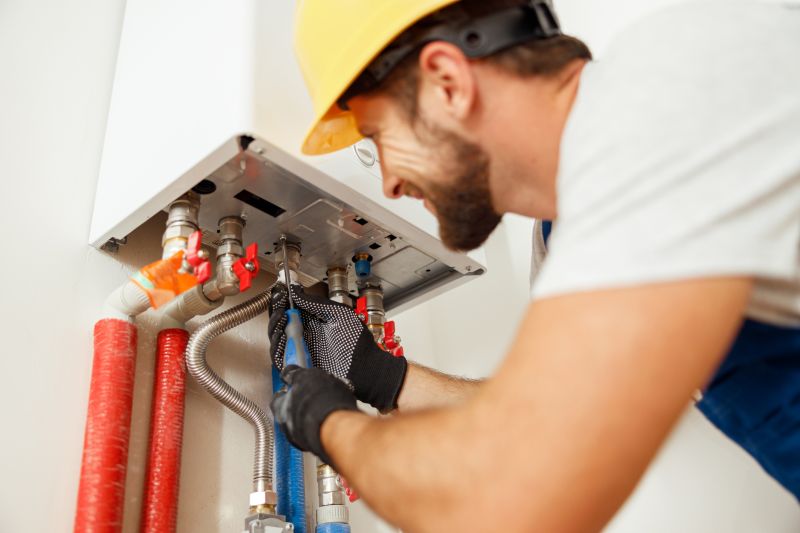
Proper timing ensures reliable performance.

Early intervention reduces repair costs.
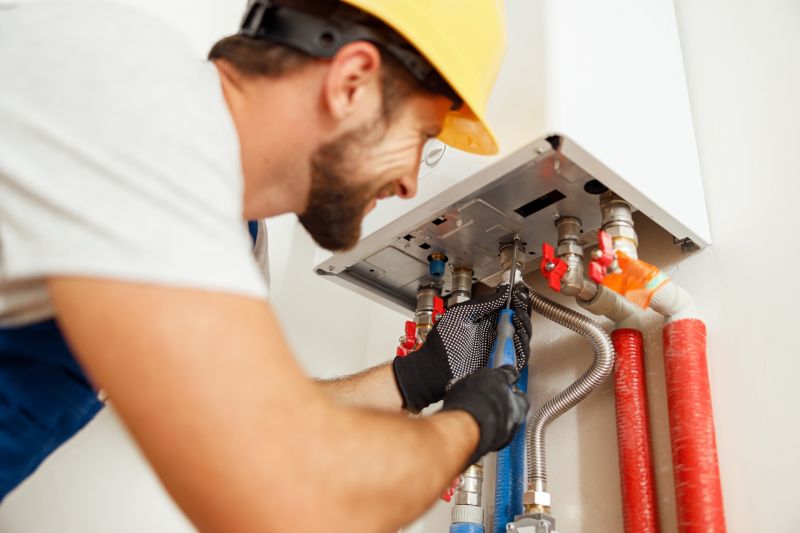
Expert assessments identify issues early.
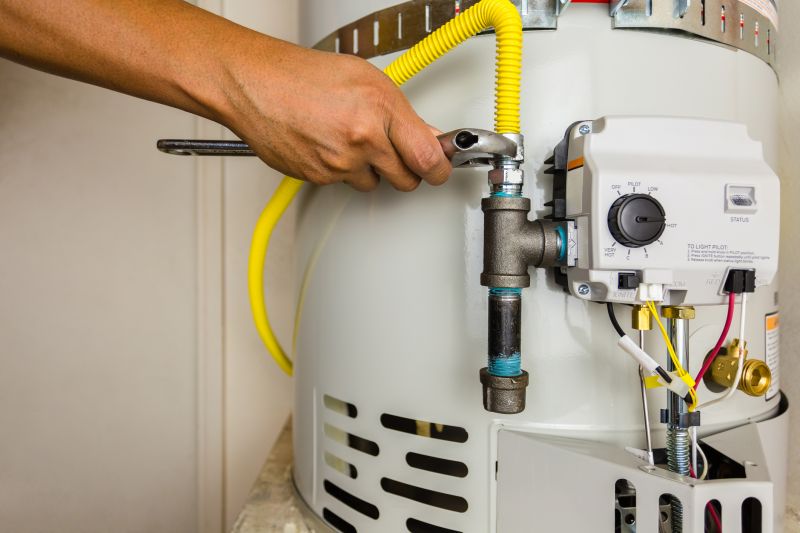
Small tweaks to make Water Heater Service safer and easier to use.
Interested parties are encouraged to contact for more information or to schedule a water heater service appointment. Proper timing and regular maintenance can significantly improve the efficiency and lifespan of a water heater, ensuring consistent hot water supply and reducing energy costs.


